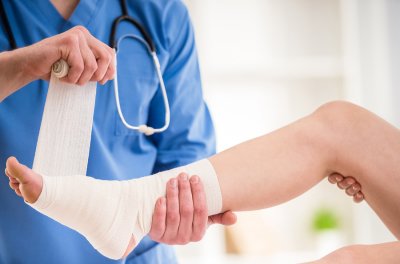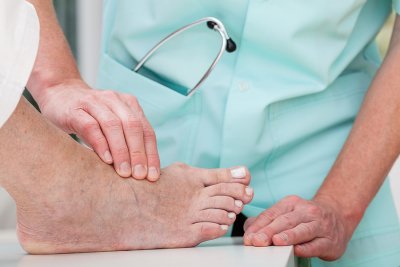Recovering From Your Bunionectomy
During a bunionectomy, your foot doctor will remove the portion of the metatarsal head that is protruding to reduce the foot pain and pressure you are experiencing. The procedure is usually performed under regional anesthesia on an outpatient basis, so you will return home the same day as your surgery. The recovery process can be lengthy and last from six weeks to as long as a year in some cases, depending on how invasive the procedure was and how severe your condition was before surgery. If you are scheduled for bunion surgery in Sugar Land, here is a look at what you can expect during the recovery.

Caring for Stitches
After bunion surgery, you will have stitches at the site of the incision. They must be kept dry at all times and will need to be covered when you are showering or bathing. In most cases, your foot doctor can remove the stitches in seven to 21 days after the procedure. In some cases, you may also have pins in your foot that stick out. These are put in place to keep your bones in the proper position for healing. Pins stay in place for longer than stitches and are removed between three and six weeks after surgery.
Keeping Weight off the Foot
After some bunionectomy, patients are not allowed to put any weight on their foot for six to eight weeks after surgery. Then, only partial weight bearing is allowed for a few more weeks after that before returning to normal walking. If your doctor doesn’t want you to put weight on your foot, he or she will prescribe crutches or another mobility device as needed.
Wearing Special Shoes
After your bunion surgery, you will not be able to wear your normal shoes for a period that can last anywhere from four weeks to four months. During this time, you may wear a walking cast, splint, wooden shoes, or other special shoes designed to support your healing. Your doctor will advise you when you can return to wearing your normal shoes based on how quickly you are healing.

